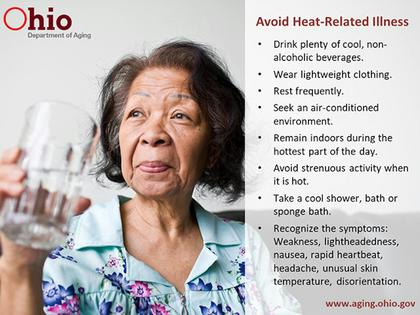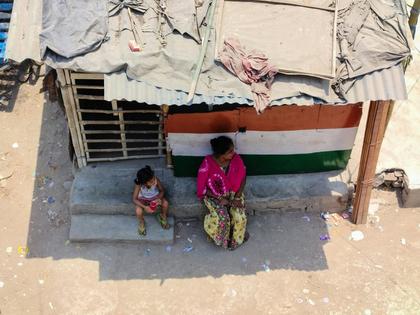Heat waves can be deadly for older adults: An aging global population and rising temperatures mean millions are at risk
Published in Senior Living
A deadly heat wave gripped large regions of Asia for weeks in April and May 2024. As temperatures climbed past 110 degrees Fahrenheit (43.3 Celsius) in India on May 7, campaigning politicians, local news announcers and voters waiting in long lines passed out from the oppressive heat.
From as far north as Japan to as far south as the Philippines, the relentless heat wreaked havoc on everyday life. Students and teachers in Cambodia were sent home from school, as their hand-held fans provided little protection against the stifling heat and humidity in their poorly ventilated classrooms. Farmers in Thailand saw their crops wither and mourned the loss of livestock that perished under the punishing sun. Hundreds of people died from the heat.
Most of the planet has suffered the dire effects of extreme heat in recent years.
A weekslong heat wave in the southwestern United States in 2023 was described as “hell on earth” in Phoenix, where temperatures hit 110 F (43.3 C) or higher for 31 straight days. At the same time, Europe saw unprecedented high temperatures that killed hundreds and contributed to devastating wildfires in Greece.
Regardless of where or when a heat wave strikes, one pattern is a constant: Older adults are the most likely to die from extreme heat, and this crisis will worsen in the coming years.
We study climate change and population aging. Our research documents two global trends that together portend a dire future.
First, temperatures are hotter than ever. The nine-year period from 2015 and 2023 had the highest average temperatures since global records began in 1880.
Second, the population is aging worldwide. By 2050, the number of people ages 60 and older will double to nearly 2.1 billion, making up 21% of the global population. That proportion is 13% today.
These combined forces mean that ever-rising numbers of vulnerable older adults will be exposed to intensifying heat.
To understand the risks ahead, we developed population projections for different age groups and combined them with climate change scenarios for the coming decades. Our analyses show that by 2050, more than 23% of the world population ages 69 and older will be living in regions where peak temperatures routinely surpass 99.5°F (37.5°C), compared with just 14% today.
...continued

















Comments